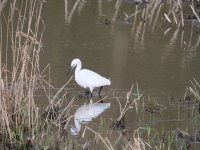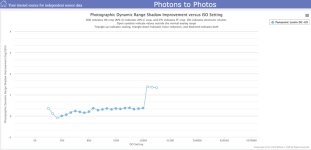- Messages
- 2,530
- Name
- Keith
- Edit My Images
- Yes
Looking for some guidance please.
I'm not really sure how much detail I should expect on the white body of an Egret, but this looks blown out to me.
SS 1/320 , F7.1 , ISO250. I try to keep slow shutter speeds for slow moving birds to keep the ISO low, but usually I would be at 1/500 for a shot like this.
This is the original Raw and I could not get closer, but it does crop and sharpen ok except for the white body.
Should I have dropped the Exposure Compensation? Would that be a good idea on bright birds ?

I'm not really sure how much detail I should expect on the white body of an Egret, but this looks blown out to me.
SS 1/320 , F7.1 , ISO250. I try to keep slow shutter speeds for slow moving birds to keep the ISO low, but usually I would be at 1/500 for a shot like this.
This is the original Raw and I could not get closer, but it does crop and sharpen ok except for the white body.
Should I have dropped the Exposure Compensation? Would that be a good idea on bright birds ?

Last edited:

